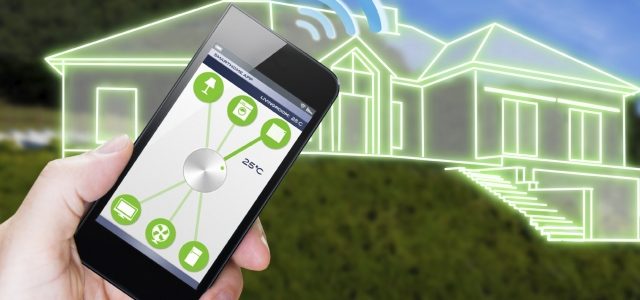Do I need a professional to connect the junction box?
All cables from distribution boxes of individual rooms, circuits or consumers such as a stove or outdoor lighting meet in the sub-distribution. There they are protected from short circuits by fuses and controlled by contactors. Meters, various sub-distributions and the usual electrical circuits of the house are located in the main distribution. Some handymen already have experience connecting junction boxes and are happy to take this on themselves, but if you have no experience working with electricity, you should definitely seek advice from an electrician for your own safety or hire someone to do the wiring.
What do I have to consider when connecting the junction box?
Connecting a junction box is no longer a chore like it used to be. Junction boxes are standardized today, switching elements such as fuses, contactors and FI switches can be simply connected to the installation rail and secured with a spring-loaded hook. The distribution box, as well as the meter cabinet, should be installed in a cool, dry place and at a comfortable working height, which not only facilitates work but also ensures safety later on. Wires are laid in straight, thin strips and at a 90-degree angle, they should not cross, and flexible wires must be supported with cable ties. Make sure the wiring is correct; all cables must be properly inserted, secured and routed. First connect the equipotential bonding and secure your circuits with FI switches. The metal distributors must also be pre-connected to the equipotential bonding on the housing. Basically, equipotential bonding and neutral conductors are always wired first, then fuses and switch modules are switched on and connected. When you have connected all the components according to the diagram, check that the modules are firmly placed on the upper rails and install all the covers.
What are the advantages of subdistribution?
With a sub-distributor you can separately protect different circuits and devices, all the fuses for your premises and devices are nearby and you have direct access at all times. It also relieves the main distributor because the heat generated by the connection of individual switching elements is transferred to the sub-distributor.
What should be prepared for connecting the junction box?
 Junction box connection The capacity of the distributor is specified in TE, which is the unit of measurement of the switching elements and indicates the division unit. 1 TE is 18 mm wide and 12 modules fit on top hat rail. Count the circuits and devices you have to connect and record the number as division units, modules such as FI switch, surge relay or automatic stair lighting unit take 3 to 4 TE. Make sure there is enough lighting, write a distribution plan with the names of the individual circuits and attach it next to the open meter box.
Junction box connection The capacity of the distributor is specified in TE, which is the unit of measurement of the switching elements and indicates the division unit. 1 TE is 18 mm wide and 12 modules fit on top hat rail. Count the circuits and devices you have to connect and record the number as division units, modules such as FI switch, surge relay or automatic stair lighting unit take 3 to 4 TE. Make sure there is enough lighting, write a distribution plan with the names of the individual circuits and attach it next to the open meter box.
What material do I need?
You need a junction box with sufficient space, a circuit breaker for each circuit, a pulse relay for each button circuit, an RCD fault current interrupter and, if necessary, an automatic stairwell lighting device. All you need for wiring is a screwdriver with a phase saw, a string cutter, a carpet knife and a stripping tool. If you still need to attach the box, you will need plaster or a cordless screwdriver and suitable screws.
What are the options?
A distinction is made between the main distribution and the sub-distribution. In the main distribution, meters and fuses for all sub-distributions and independent circuits in the house are insured, in the sub-distribution, on the other hand, only the lines of one residential area are protected.
How much time do I need to connect the junction box?
Depending on the condition and number of individual circuits and devices to be protected, you can count on 4 – 8 hours until the control cabinet is fully wired and ready for use.






